Today, we’re going to talk about shotguns, marketing, and how to cut through much of the sales jargon and tactics that ammunition companies use to get us to part with more of our hard-earned money.
Specifically, this piece addresses the differences, if any, between shotgun cartridges sold as “high brass” as compared to those with “low brass” on the box. As we’ll discuss at greater length, there did used to be some practical distinction between the two, but, in the modern era, there’s likely not any good reason to spend more on shotgun shells that are labeled as “high brass.”
What is the Difference?
The difference between high and low brass is the height of the metal cup on the bottom of the cartridge. Today, this serves little to no benefit to the shooter and can be largely ignored.
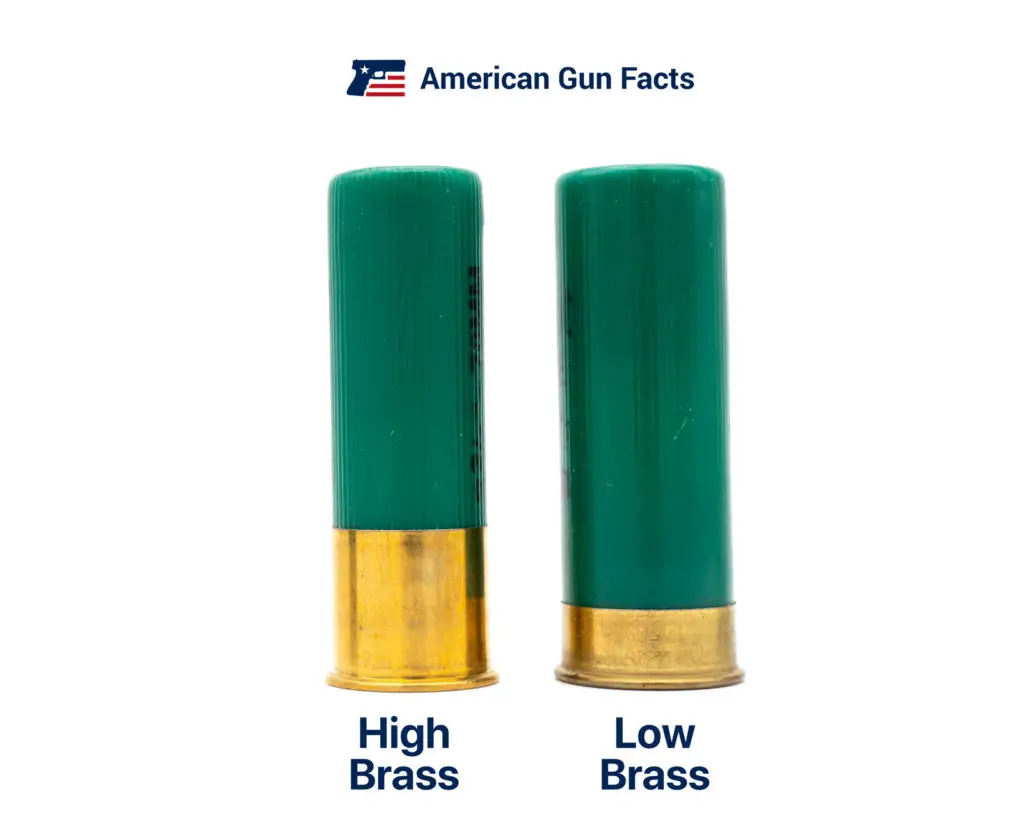
In short, some marketing language and, usually, a price increase. As we mention below, “low brass” shotgun shells are what the vast majority of people use in most use-cases, and to good effect.
If you take a look at any shotgun cartridge, there will be, at the bottom end of the case, a brass cup. In an unfired case, that cup will house the primer, as well as containing all of the powder and some of the shot that will be fired from the shotgun once that primer is struck by a firing pin.
Brass is an awesome material for cartridges generally, since it’s easy to manufacture, relatively cheap, and can withstand heat fairly well. All of those things mean that brass is likely to be found in cartridges for some time.
But, if you compare a shotgun shell to, say, a 5.56mm round, you’ll notice that the brass is only a small cup on the shotgun as opposed to the comparatively much longer casing of the rifle round. At least, that’s the case today: there was such a thing as full-brass shotgun shells, but these were both heavy and expensive to manufacture. Instead, much of the casing can be made out of some less durable, much cheaper material like paper or plastic.
Thus, manufacturers, generally, only want to put as much brass into a shotgun cartridge as is necessary: paper and plastic waterproofing have made full brass cases exceptionally rare.
What does High Brass mean?
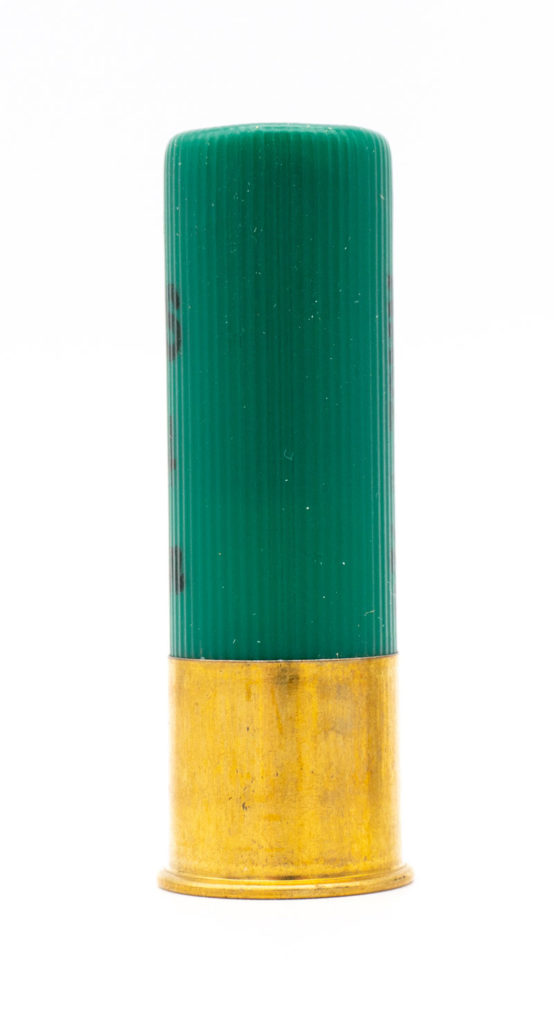
There is no standard measurement for what proportion of a shotgun shell’s casing has to be before a manufacturer will call it high brass. Usually, it just means that there is more brass used to make a longer cup than similar “low brass” loadings made by the same company.
There was, however, some purpose to high brass at one point: When guns were generally fired with slower-burning and lower-pressure black powder, there had to be more powder for the same velocities and ranges as compared to contemporary smokeless powder.
In the context of shotgun casings, this meant that to get reasonable velocities, especially for hunting and combat, there had to be a lot more black powder than could fit in a short brass cup at the end of the cartridge. Thus, high-brass cartridges, in the era of paper shotgun shells, meant that there was more room for powder, and thus ballistic performance.
This association with better ballistic performance is exactly what ammunition companies are relying on when labeling ammunition, and pricing it. Chances are, if you’re reading this, you’re shooting or planning to shoot shotgun loads with smokeless powder, and that changes everything.
What does Low Brass mean?
Most shotgun shells sold on the market today, from mini-shells all the way up to 3” magnum slugs, from 20 to 12 gauges, are what we’d call, in this context, “low brass.” These days, smokeless powder is more than capable of getting the loads to the necessary velocities, and the plastics used in most shells are more durable and waterproof than the paper that was used half a century ago.
For many, even experienced shotgun shooters, the term “low brass” might be new to them, as, generally, it describes the exact same shells that would simply be sold as “buckshot,” “birdshot,” and so on.
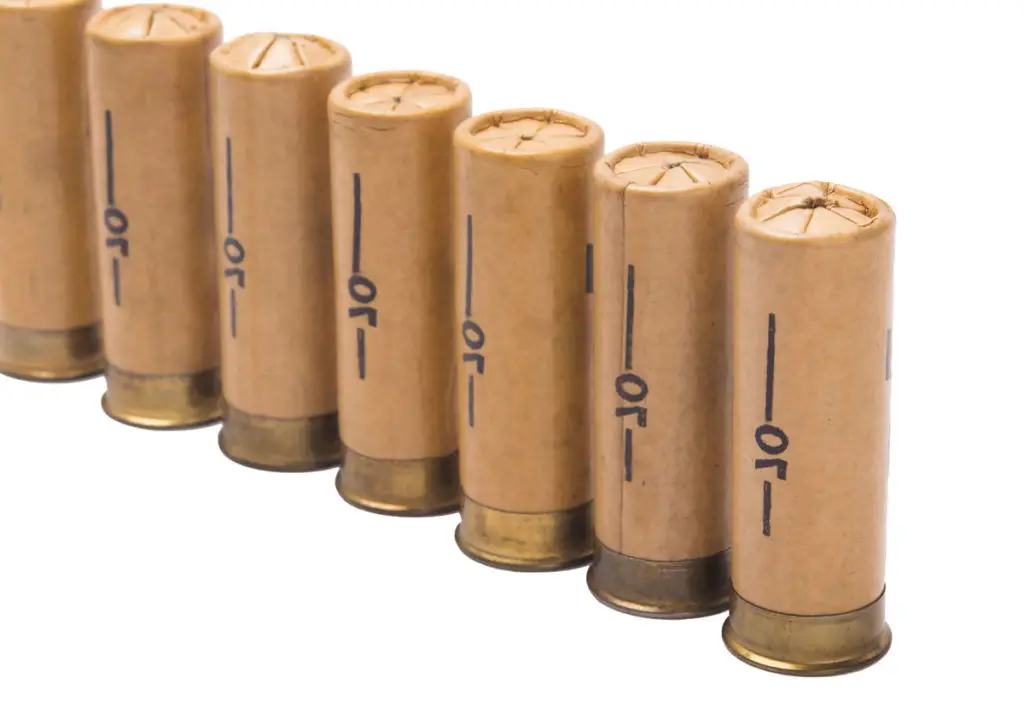
Of course, this comes with some caveats. If, for some reason, you’re in the business of reloading period-correct combat loadings from WWI, then, yes, you will want to specify high brass cartriges. The same goes for firing weapons made in the era before smokless powder. But, for most shooters, the main subject for ammunition purchasing will be within the more common context of commercially available, new ammunition used for target shooting, defense, or hunting.
In that context, “low brass” does not carry much meaning on its own, and it’s the same thing as regular shotgun shells.
Which is better?
Compared side by side, a high-brass round will, indeed, have more brass. But that doesn’t mean it is better. This can not be used as an indicator of the power or velocity of the shells in the box.
Instead of paying attention to the marketing labels and terms that might well be misleading, take a look at the other side of the box, where there will be a chart. That chart will list the velocity of the projectiles out of barrels of varying length. That, the number of shots, and their size, are the important things to note about a shotgun round.
Given that brass, although it costs more than plastic or paper, is a relatively inexpensive metal, it certainly looks to us like, most of the time, the use of “high brass” on a box of shells is a marketing ploy to try to get us to spend more money. Instead, take a closer look at the data on the side of the box.
Conclusion
In short, high-brass used to mean that a cartridge had more powder, and thus could, at least potentially, be a higher, powered cartridge. Those days, however, were ones in which people fought in trenches and the airplane was written off as a passing flight of fancy.
Today, with smokeless powder, low-brass is the norm. Our recommendation is to take a second, look at the data on the box instead of the marketing terms, and go with whatever cartridge costs the least and will still give you the performance that you’re looking for.
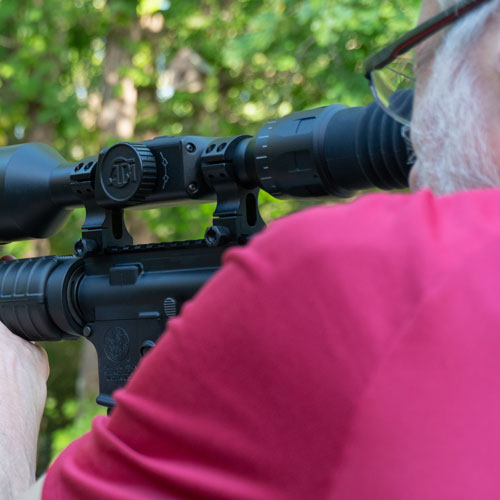
George has been an avid shooter for twenty years. He began shooting when he was gifted a Browning SA-22 for target practice. Now, as an academic, he combines his love of firearms and knowledge of history to write for firearms blogs and is still a frequent sight at the local range.
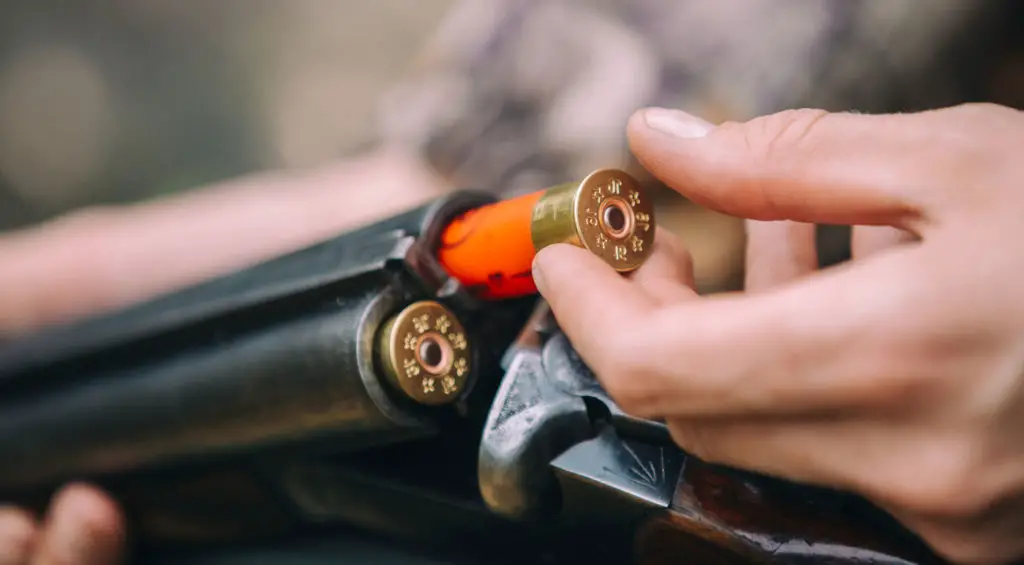
Very well written, and appears to be pretty factual. Always research the weight and size of the shot listed on the box to get exactly what you want.
One thing you completely failed to mention is, high brass or low brass, it’s not even brass. It’s steel, with just enough brass plating to keep it from rusting. Just like nickel cases for pistols and rifles are plated brass, not solid nickel. If you don’t believe me, start checking your shotgun shells with a magnet.
I have a new Mossberg 940T 12GA where I was using low brass birdshot and getting occasional jams where the shell would not totally eject. The gun shop where I purchased the gun told me to use the high brass shells because they have more powder and should resolve this issue. I’ll run some through tomorrow to see if they’re right. Very interesting article though. Thanks.
Yesterday I tried out a new (to me) pump shotgun, .410 bore. Only had two different boxes of shells; most obvious difference was high(er) brass vs. low(er) brass. The low brass had frequent failures to extract while the high brass had none. Fired about 30 or each. Clearly this isn’t adequate to make a judgement, but in general is high vs. low brass ever a factor regarding extraction?
my friend incists i should only use low brass in my 1897